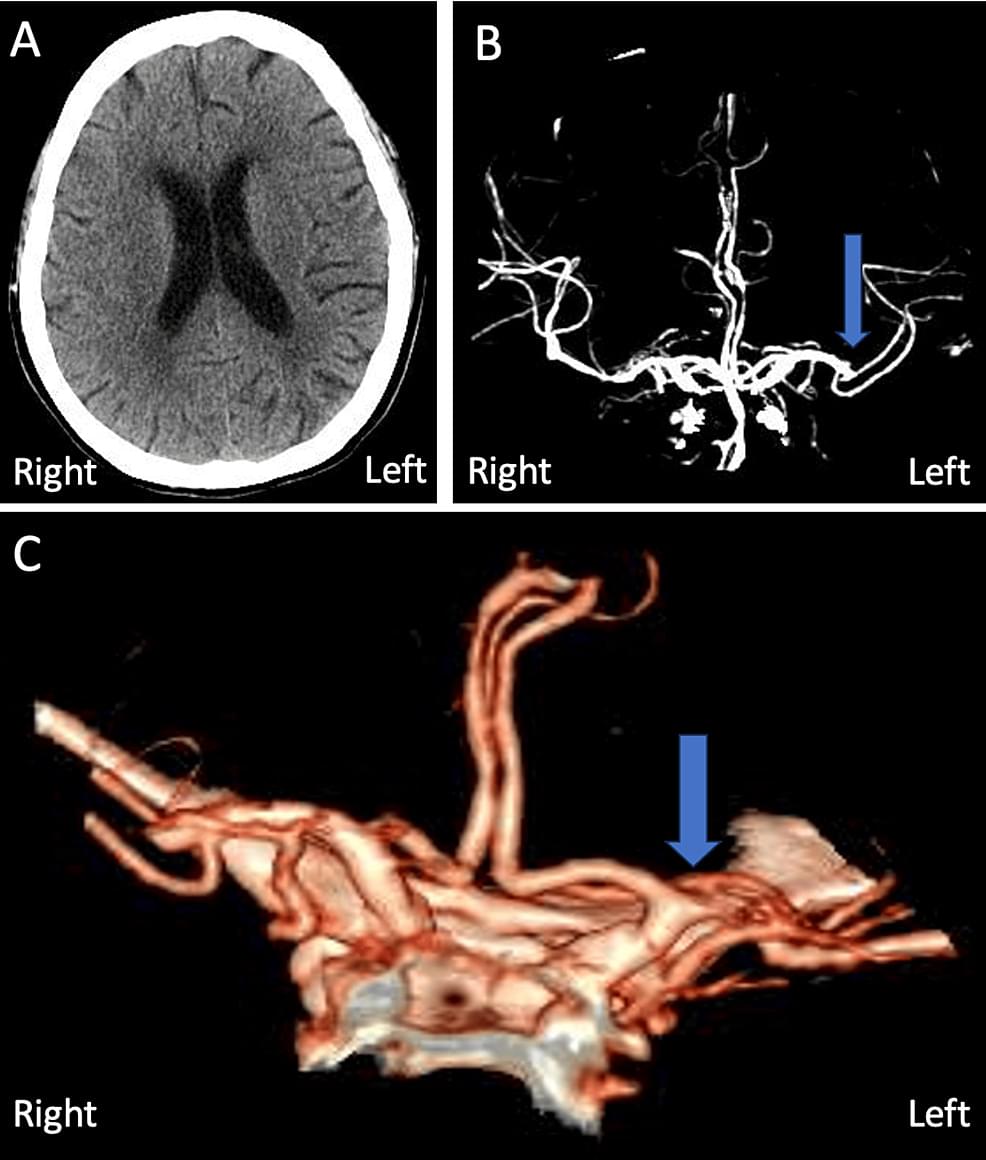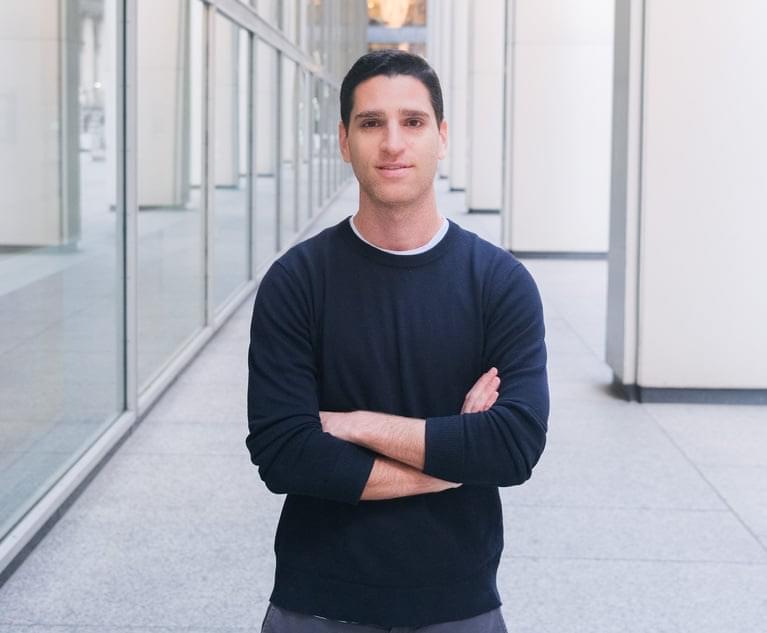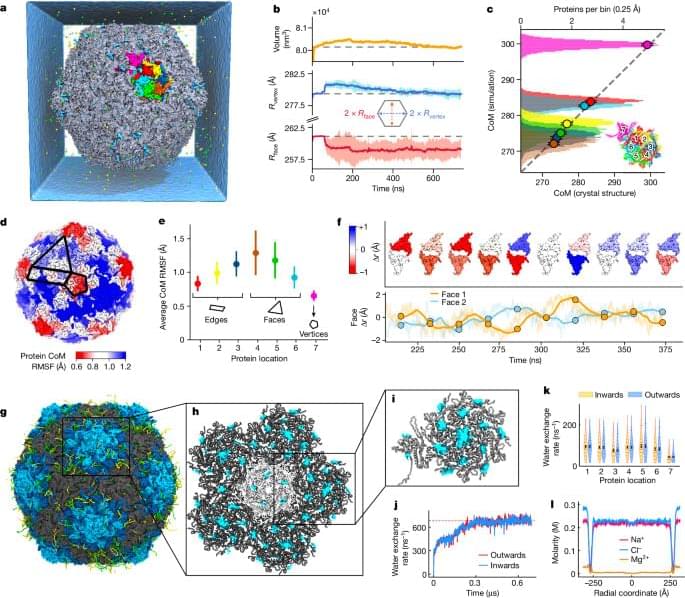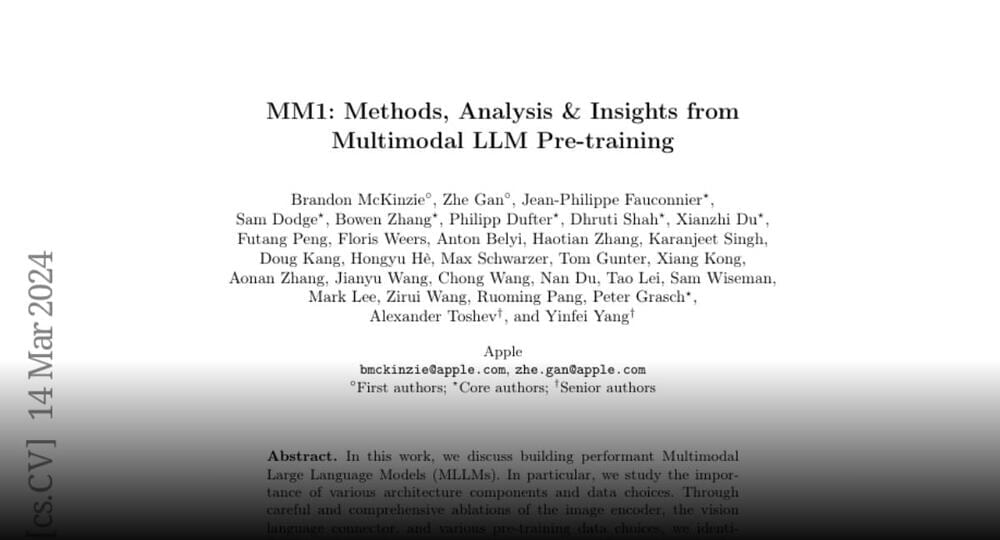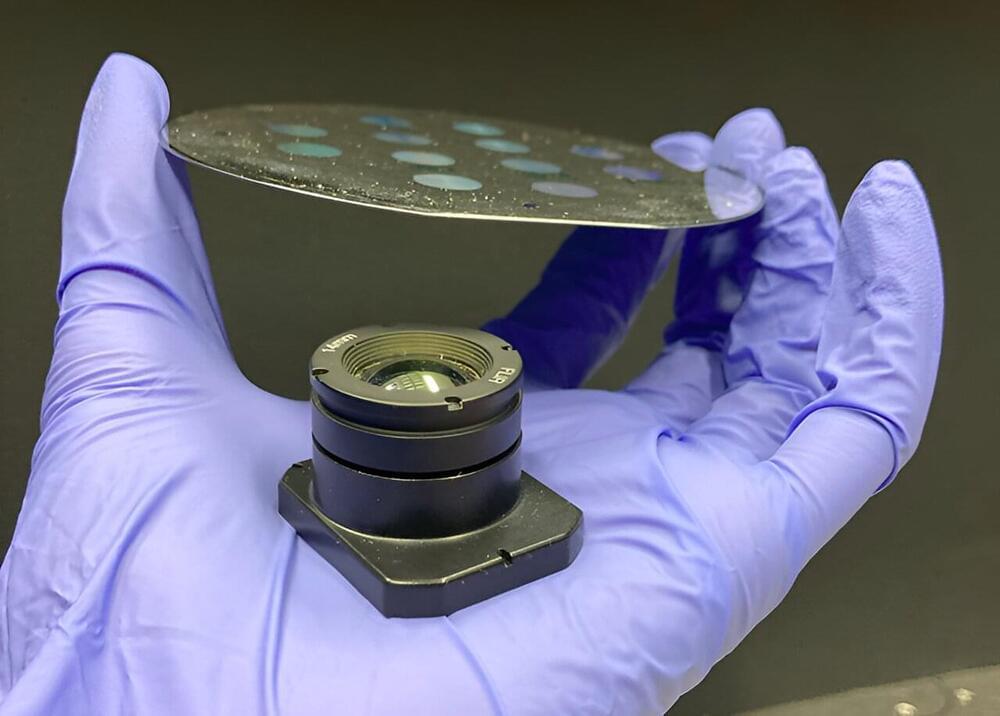Discover a fascinating case study on Superficial Temporal Artery-to-Middle Cerebral Artery Bypass for Ischemic Stroke with Blood Pressure-Dependent Symptoms! 🧠
Tap the link to discover:
The efficacy of extracranial-intracranial (EC-IC) bypass in preventing ischemic stroke progression and recurrence is controversial. As per the current hypothesis, EC-IC bypass is most beneficial for patients with persistent hemodynamic insufficiency. Hence, various approaches have been used to evaluate hemodynamic insufficiency, including repeated single photon emission CT (SPECT) imaging or continuous monitoring of cerebral flow with transcranial Doppler ultrasound (TCD). However, both modalities are time-and resource-intensive. In this report, we discuss how EC-IC bypass turned out to be beneficial for a patient presenting with blood pressure-dependent severe aphasia and right hemiparesis due to middle cerebral artery (MCA) occlusion that failed thrombectomy. CT perfusion (CTP) scan at admission demonstrated a persistent volume of delayed perfusion without core infarct.
